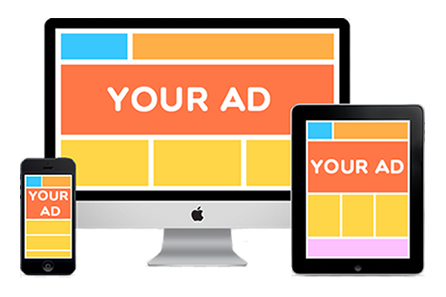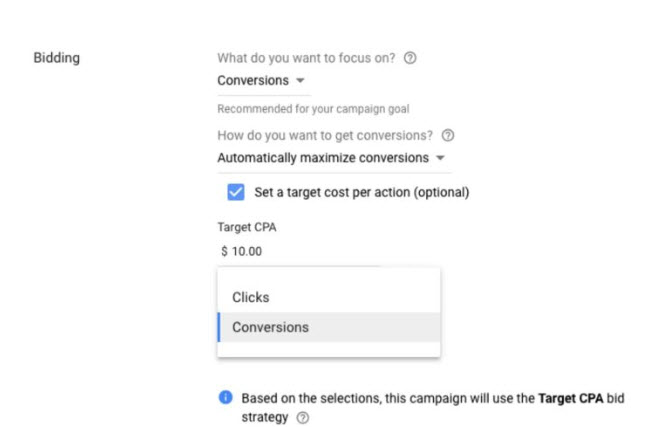I have seen massive and wide sweeping changes to the paid digital landscape over the past decade, with an ever growing list of channels, strategies and tactics that digital marketers use on a day to day basis.
One of the biggest areas of change has been in paid search, with many business owners and entrepreneurs (as well as experienced marketers) watching their once profitable streams of traffic slowly dry up and turn into expensive money pits.
Many of us dream wistfully for the golden early years of search marketing. Click costs were low enough that even a moderately well setup campaign would generate a ton of business with a super high return on investment. It has gotten far harder to just setup an account, follow Googles recommendations to create your campaigns and not see your hard earned budget spent without seeing a huge impact. Some business find that the cost to keep campaigns running just isn’t justified, and eventually think that PPC is just not for their business.
This brings opportunity however, as every business that abandons PPC opens up new opportunities for smart marketers to capitalise on. Just look at the search results and you can see that there are companies that are thriving and continue to run ads, even in most competitive and high cost industries.
So how are these marketers still doing so well in the harsh conditions of 2019? They have discovered a winning tactic, and leveraged and exploited this to keep their campaigns profitable.
Not to get too technical, but search marketing is much like any other ecosystem. For the ecosystem to support life (advertisers in the case of AdWords) it must be able to supply enough food (paying customers) to feed that life, at a cost lower than the price of getting that food (which is the cost per click). Animals in the ecosystem will die if there is not enough food, or if they need to use more energy getting that food than they get back when they consume it.
I hope I am not losing you here with this analogy, but thinking of Adwords (or other digital marketing ecosysytems) as a living system is a really useful way to get your head around what I am going to discuss next.
You see, the advertisers that are still doing well have found a niche or strategy that they can exploit, providing them with lower cost conversions (or a more profitable sales pipeline after conversion) than the competition. When this occurs, the advertiser can afford to keep their budget and bids higher than the competition, effectively taking over that industry in the search results.
If you want to learn even more, keep reading this blog or give us a call.
PPC POWER TRICKS
So what are some of these hidden ways that successful advertisers are still working the system to produce that sweet revenue?
Here I am to lift the lid on some of the biggest secret tricks that pro PPC managers are using at the moment. Not the stuff you normally read on blogs. This is the real, behind the curtain “Stonecutters Only” type of hardcore moves that you should be rolling out ASAP.
Dynamic Search Ads combined with Search Remarketing
I have been using this amazing targeting combination for the past 5 years, after I discovered it while looking for novel ways to apply search remarketing to clients AdWords campaigns. I saw that the DSA (Dynamic Search Ad) campaigns that we were running alongisde our traditional keyword campaigns were working extremely well. A light bulb went off, as I started to comprehended the immense AdWords power this combination of targeting would unleash on all of my accounts into the future.
So what is this magical targeting combination? We are layering Dynamic Search Ads (DSA) with Remarketing Lists for Search Ads (RLSA).
In a standard DSA campaign, all you need to do is provide Google with your domain (you can specify only certain sub pages if you like) and it then categorises the content and determines a list of keywords that it will match your ads with when people search. You also give Google control of what the headline of these ads will be, which has the effect of boosting the click through rate significantly. When a user searches, Google will find the best matched landing page, and use that as a Final URL for the ad. While not often used these days, it is a great campaign type to get people quickly into the Adwords game.

For RLSA campaigns, you are able to use your remarketing lists to alter the way that your Search campaigns funtcion when people have previously visited your site. You can bid on an expanded keyword set, or increase your bids on specific keywords etc. to get people back to the site. It’s another fantastic way to retarget your site visiors.
The true power however when you create the hybrid campaign DSA + RLSA to create a monster of a PPC campaign that provides the following benefits.
– Lower cost traffic
– Highly engaged search traffic
– Get’s Google to perform ongoing keyword research on your behalf. As they are picking the keywords essentialy AND they are people in your target market (as they are on your remarketing list and have been to your site before) all of the new keywords they find are super relevnt.
What you should then do is mine this new search query list for keywords, and even entire keyword areas, that you had never considered before. You can make these decisions with confidence, as you have both the AdWords data and GA engagement / conversion data to back up your decisions.
When you combine these two, you are creating a hybrid campaign, RDSA or Remarketing for Dynamic Search Ads, and the results are magical. As always though be cautious, and test this campaign with a smaller budget and expand upon it pending results. You will also need to have 1000 people on your search remarketing list to start off.
Numbers Don’t Lie
I looked at 72 accounts running DSA, RLSA, or the hybrid of RDSA campaigns with data from the past 2 months. When comparing this hybrid campaign with DSA, RDSA campaigns had a 109% higher CTR, at 8.1% vs. 3.9%. Also, these campaigns produced a 52% lower CPA and a 156% higher Click Conversion Rate.

Advanced Remarketing
Most people will be familiar with the Remarketing Grid concept, however this level of fine control only works with very large lists, and even then there seems to be questions on it’s effectiveness. It makes sense in theory, but in practice the results are rarely worth the setup and maintenance effort required. You are far better experimenting with some different segmentation options, such as using Analytics remarketing lists to remarket back to people based on their traffic source. For example, people that are currently interacting and visiting the website from your email marketing (but have not yet purchased) will be some of the warmest leads/potential customers that you have.
If you dig through your analytics data, you will be able to find other great traffic sources and people who are almost ready to purchase or enquire but have not done so yet.
- They could be people that interected with a specific type of Facebook post or ad.
- They might be people that have visited the site more than 3 times from any traffic source over the past 14 day.
- It is quite often people that have accessed the site from 2 or 3 different traffic sources, no matter what they are.
Some of this takes some basic segmentation in GA, and familiarity with the Cohort reporting, but there is a lot of help out there online (or experts like us) to help you out with that. Once you have identified a segment, Google Analytics makes it easy to create a remarketing list, which you can then use to pursue these prospects with more targeted messaging and landing pages.
With all remarketing, remember to also focus on filling up the conversion funnel. There needs to be effective general search, display and other traffic channels to fill your remarketing lists Unless you have plugged all the holes in your attribution modeling, this traffic will not show the ROI of remarketing and direct search, but it is still vitally important to introduce new people to your service or product.
Analytics remarketing has a couple other gems that are under utilised such as using Similar audiences for people that have purchased / converted, using remarketing to target your Youtube ads, showing App ads to remarketing lists and of course using Facebook remarketing.
With an effective remarketing strategy, you can give your brand the maximum possible omni channel coverage without spending a large budget. These platforms are CPM, Cost per view or CPC, so you are only paying relevent to your audience size.
If you have tried Search or Display marketing before and struggled, or are looking to hit 2019 with your best foot forward please reach out for a no obligation chat.
